Blog Post
Assigned Seating at Nigerian/Indian/African/Cultural Weddings
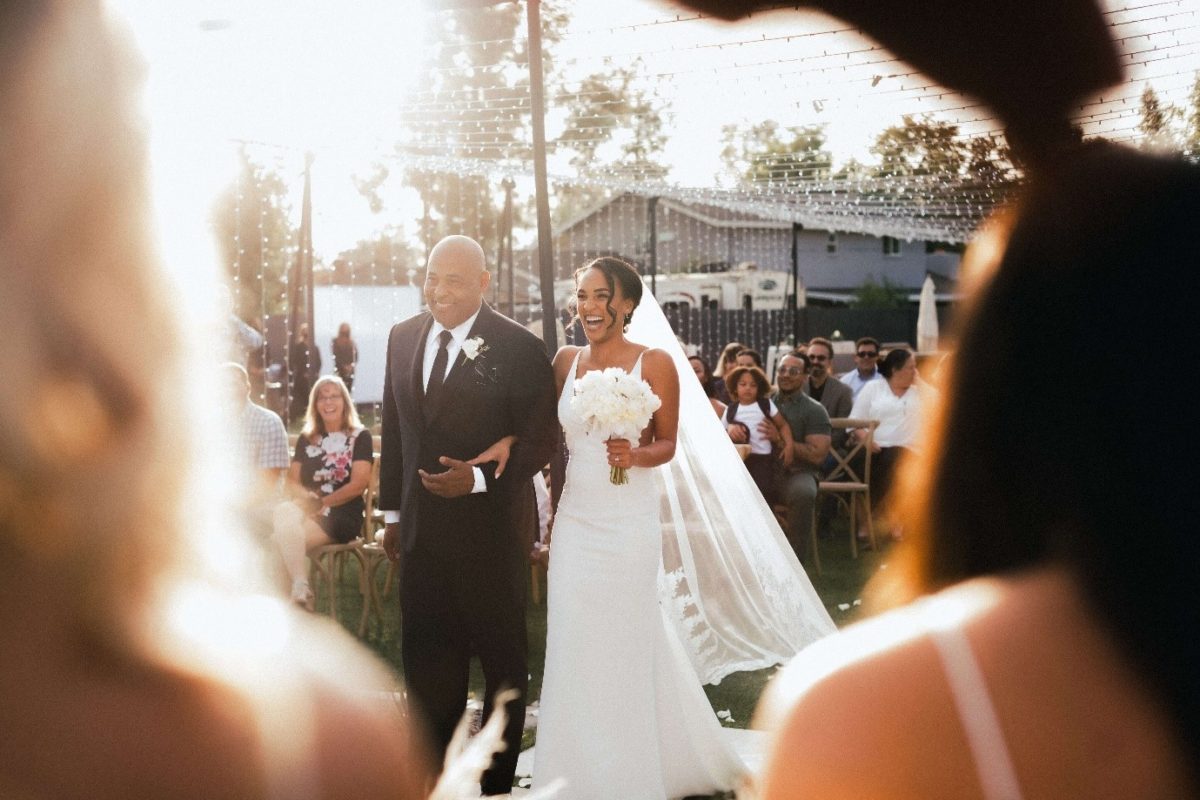
Getting the seating at your event right is very important. It'll affect the atmosphere and how much fun your guests have. You can't have a memorable wedding in Canada without getting your seating chart right.
There are two kinds of seating to handle when it comes to weddings. There is seating at the wedding ceremony and seating at the reception. Cultural weddings, like Indian weddings, have a lot more involved according to the particular event. We'll discuss this in detail later.
Are you a couple planning your wedding in Canada? Will you be having a cultural wedding alongside? You could even be a wedding vendor who has to handle a wedding with some activities you're not too familiar with. Here are some vital things to know about seating at wedding ceremonies, receptions and cultural celebrations.
- Seating at Wedding Ceremonies
When it comes to seating at a wedding ceremony in Canada, paying attention to the VIP is the key. These are most times the parents of the couple, their grandparents, other close family members and the bridal party. That is if they won't be standing at the altar with the couple, of course.
There is an accepted order at most traditional wedding ceremonies, especially if Christian. The bride's parents sit on the left side of the aisle in the first row. The groom's parents sit on the right in the first row too.
Parents
A Jewish wedding ceremony is, however, the opposite. The bride's family sits in the first row on the right side of the aisle. The groom's family sits in the first row on the left side of the aisle. Sometimes, guests could even be divided by gender depending on the denomination.
Close Family
The next row at the wedding ceremony after the couple's parents is for family members. This includes uncles, aunts, cousins and siblings that are not part of the wedding party. But this is only if the wedding party is standing for the wedding. Otherwise, they'll occupy the second row and close family moves to the third.
Other Guests
For other guests at the wedding, apart from close family, parents and the wedding party, the arrangement is pretty standard. Guests of the bride should be filled on the bride's side while guests of the groom should be on the groom's side.
Nowadays, however, mingling is encouraged for more fun. So, don't worry if that doesn't quite work out. You might also have guests that know both the bride and groom. Those can be seated on whichever side to make the arrangement more evenly distributed.
- Wedding Reception Seating
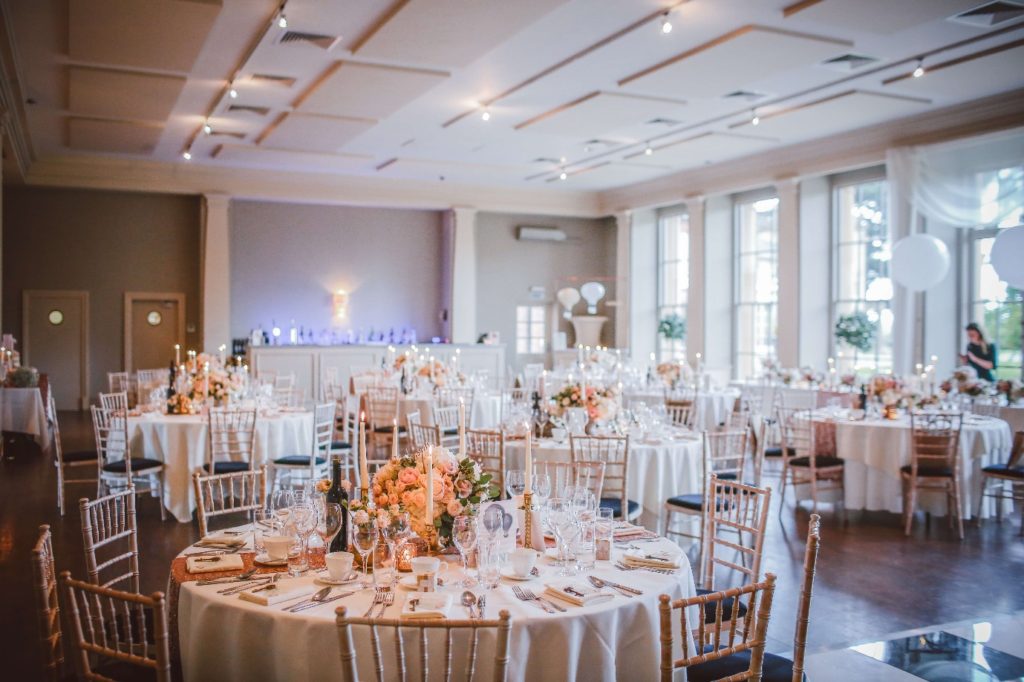
Seating at the wedding reception in Canada largely depends on how many guests are available. Couples could also choose between having a sweetheart table or a head table with loved ones. The use of place cards is also crucial for order.
Parents and Wedding Party
For the head table, the bride and groom should be seated in the middle with their parents flanking them on both sides. The wedding party can be placed after the parents. But this is only if the parents do not want a table where they can mingle with their own VIP guests.
Other Guests
There are many classifications to work with when choosing a seating position for the guests at your wedding. Some of them include age, college, workplace, and relationship status. Using your wedding reception to matchmake the singles is always fun.
With wedding reception seating, the key is to get people to interact, have fun and enjoy your celebration. So, choose that in mind when placing people on tables. Where possible, seat people with bad blood between them as far away as possible.
- Cultural Wedding Assigned Seating
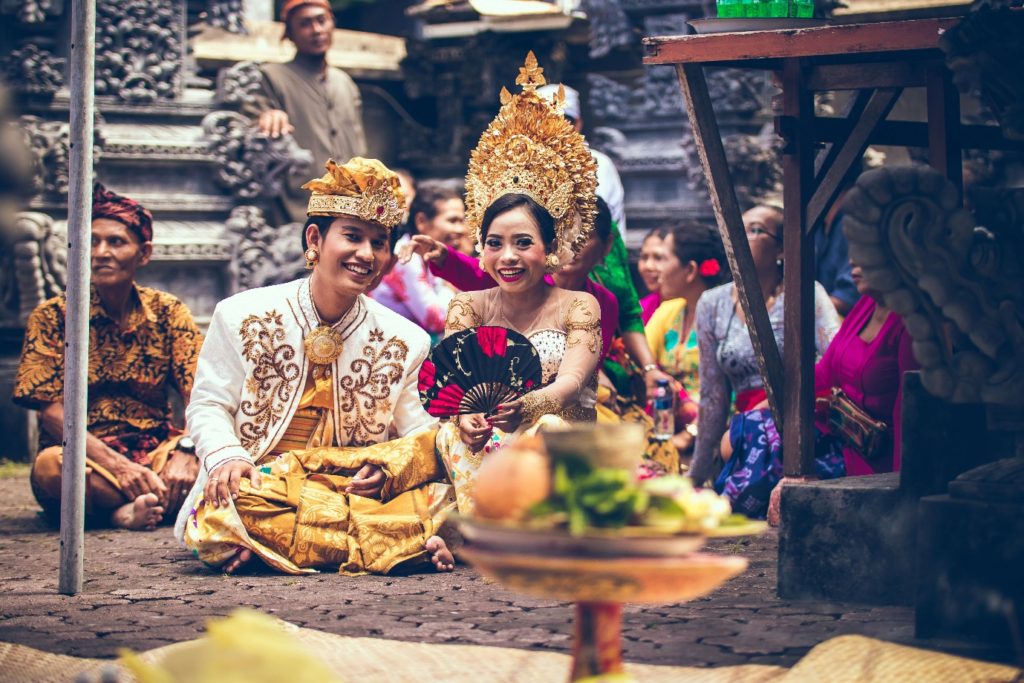
Cultural wedding seating can be a bit different for weddings in Canada. They depend on the culture involved but overall, the goal is the same—seat guests so that the wedding is memorable and fun.
Most times, couples who have a cultural wedding in Canada have a religious ceremony too. So, the cultural celebration is treated like a reception. For the ceremony, please follow the tips on assigned seating given above.
- Indian Wedding Assigned Seating
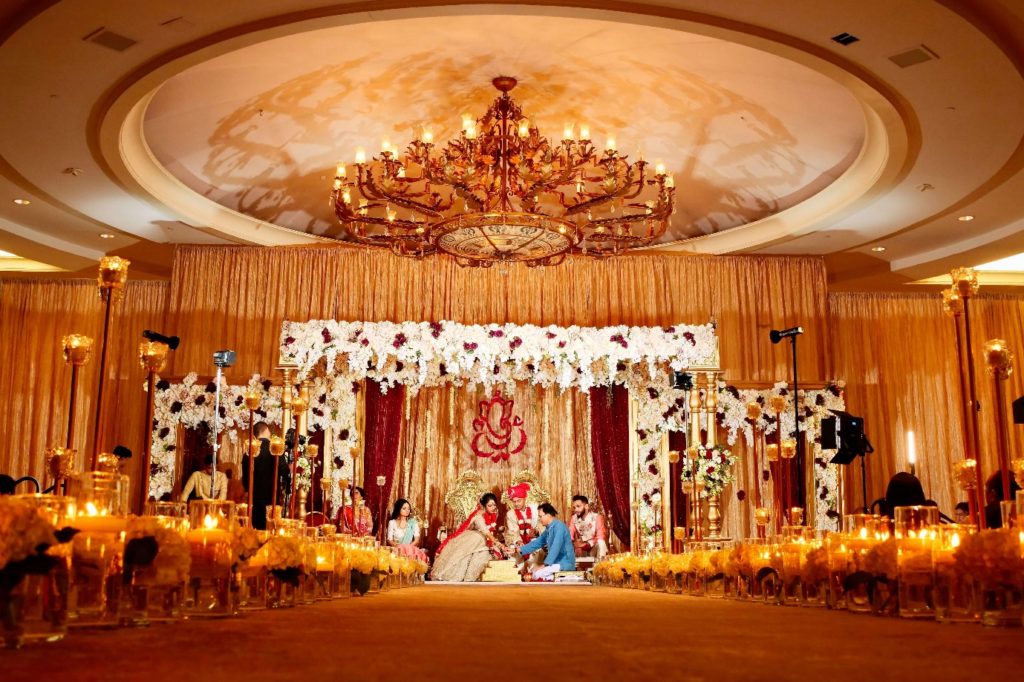
Assigned seating at an Indian wedding depends on the ceremony in question. Most of the time, seats are arranged around the Mandap in an Amphitheatre format, so guests get the best views. On the other hand, for most Indian wedding receptions, the couple has a sweetheart seat. The parents have tables where they can host their VIP loved ones for the celebration.
For celebrations like Mehndi and Haldi, which are semiformal, guests love to sit with friends. So, your assigned seating should take that into account. Small clusters of comfortable arrangements with sofas and divans would work perfectly for these.
With Sangeet, there will be performances, so the goal is to give guests uninterrupted views. So round tables or arrangements may not quite work here. Rather have the arrangements in aisles facing the stage or dancefloor. You could also use sofas and divans if you want an informal vibe.
- African Wedding Assigned Seating
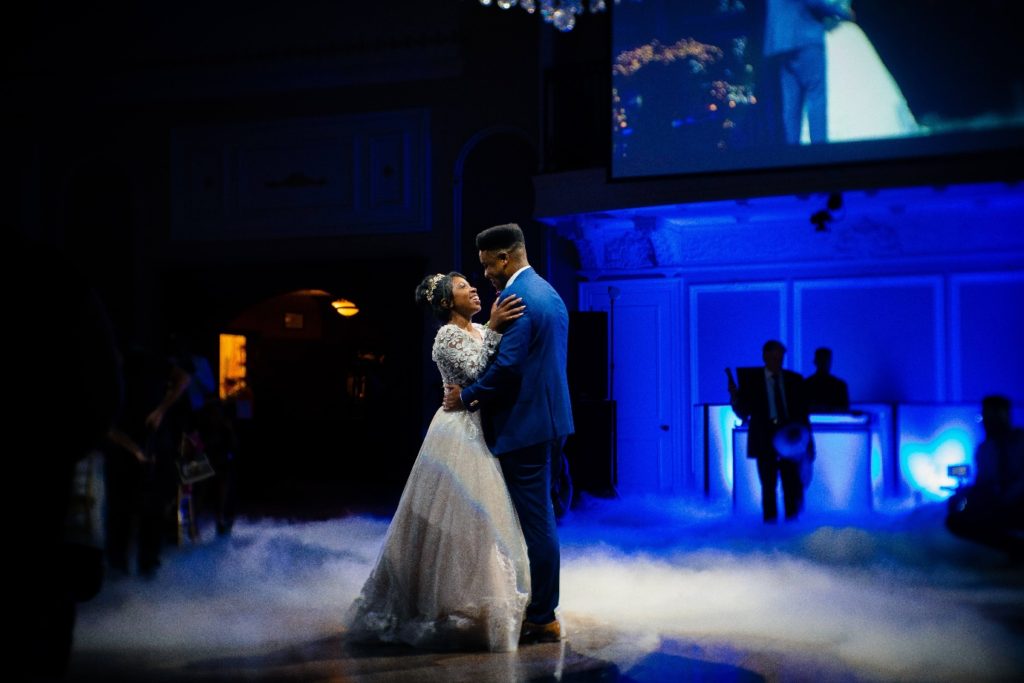
Africa is made up of so many cultures that we can never quite capture them all. Assigned seating at these events, while varying, also places importance on the couple's parents and close family members. African weddings also usually have a religious ceremony first before a wedding reception.
- Nigerian Wedding Assigned Seating
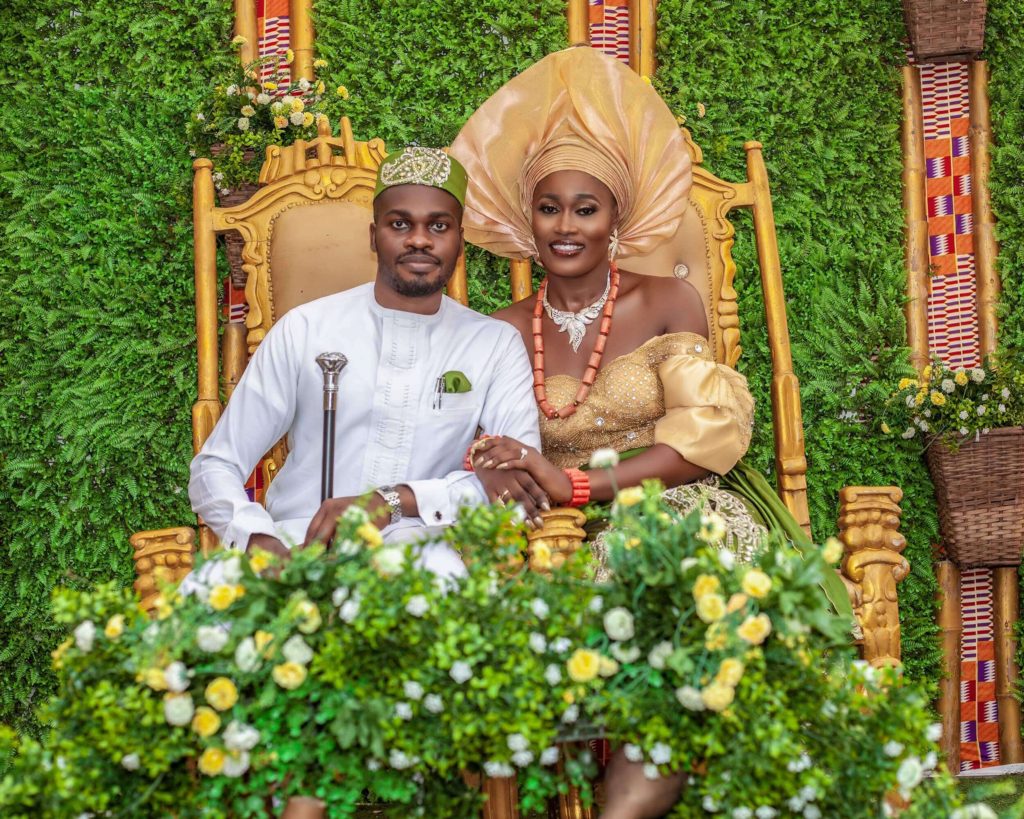
Assigned seating at a Nigerian wedding reception is aimed at guests having the best time. Depending on the couple involved, it can also be a bit on the informal side. Usually, there is a head table that is traditionally long and straight.
The Couple and Wedding Party
This table is set up facing other tables at the wedding reception. It could even have two tiers if the wedding is a large one. The bride and groom are seated in the middle, and the wedding party flanks them to the sides.
The Parents and Close Family
The couple's parents then have seats where they can host their special guests. These are family members like uncles and aunts but could also include close friends of the parents. Caterers must ensure that these tables are catered to at all times.
Other Wedding Guests
For the other guests, seating is usually on a first-come, first-serve basis. That means that guests choose their tables with friends as they come in. Even when there is assigned seating at the reception, guests ignore and go for this formation if not strictly enforced.
- In Conclusion
Assigned seating at your wedding in Canada depends on many factors, most of which the couple controls. For example, the seating at a wedding of 200 guests will definitely be different from one with 20 guests. Just remember that you need people to enforce your assigned seating if you do decide to work with one for your celebration.
Planning your wedding in Canada can be bliss when you work with the right professionals. That's why Teantona Event Connosseiurs (TEC) offers you the best when it comes to wedding planning. For more information, you can check out our website at www.teantonaevents.com. We'd love to hear from you.
